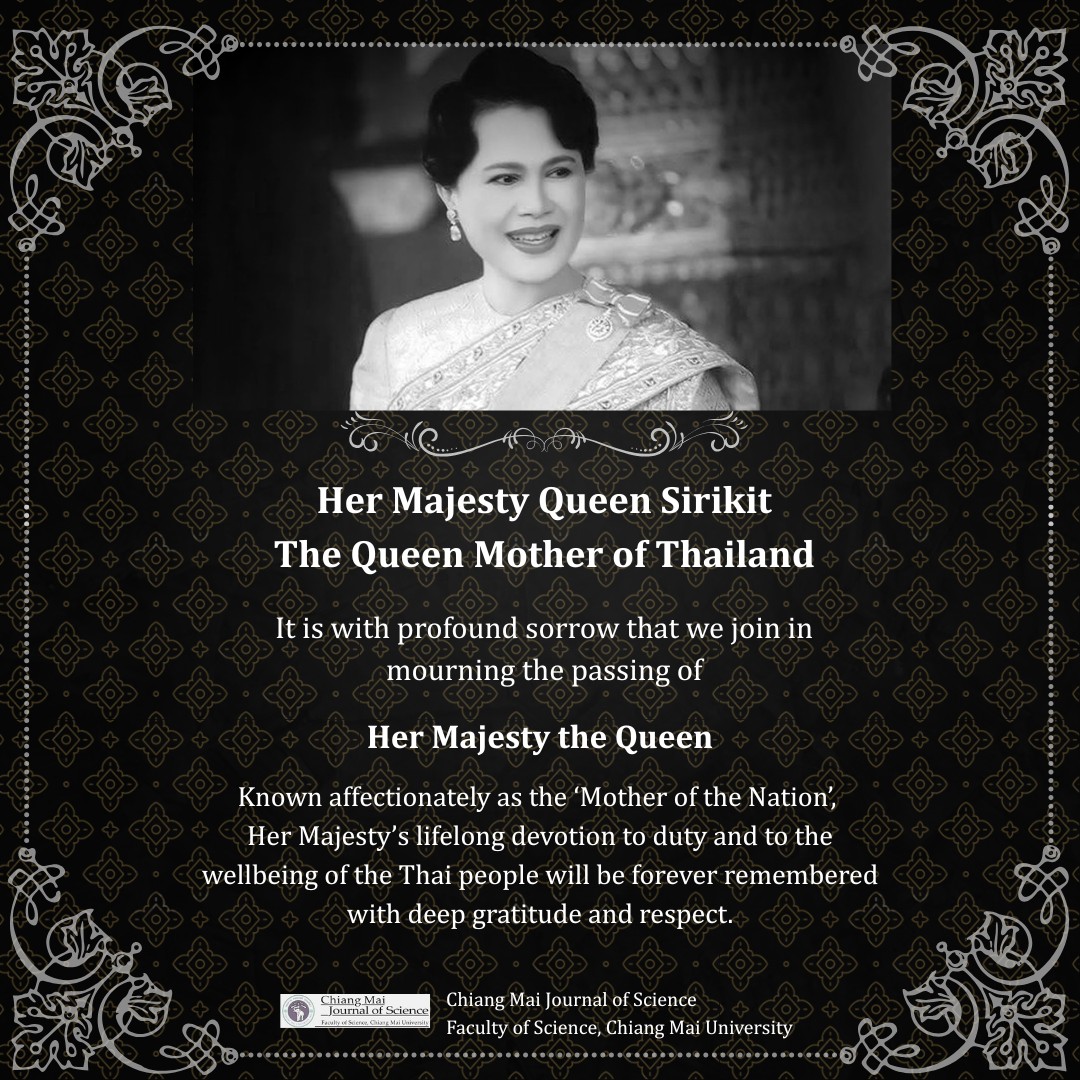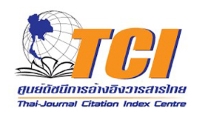JOURNAL DETAIL
Clustering and Forecasting Maximum Temperature of Australia
Paper Type |
Contributed Paper |
Title |
Clustering and Forecasting Maximum Temperature of Australia |
Author |
Wandee Wanishsakpong*[a], Khairil Anwar Notodiputro [b] and Nittaya McNeil [c] |
Email |
w.wandee43@gmail.com; khairilnotodiputro@gmail.com |
|
Abstract: The objectives of this paper were to investigate the trend and patterns of maximum temperature data in Australia as well as to forecast maximum temperature during the period of 2013-2015. Data obtained from the Australia Bureau of Meteorology (BOM) involved maximum monthly temperature from 85 of 700 stations during the period of 1970 to 2012. These 85 stations were randomly chosen in the same way as was previously done by Australia’s Reference Climate Station Network, which took into account some stations had incomplete records due to weather phenomena and changing reporting requirements. Moreover, these 85 stations were spread approximately evenly over Australia and had more complete data than other stations during this period. Missing values in the data were estimated using a regression model accounting for information from the nearest stations as well as the time periods. The dimensions of the dataset, i.e. number of stations and time periods were of considerable magnitude, hence factor analysis was utilized to reduce the dimensions of the dataset.
The resulting factor loadings were used as the input for cluster analysis based on complete linkage methods using Euclidian distances. Cluster analysis produced four clusters of stations. For each cluster, a quartic trend model with 3nd order time lag was fitted. It was demonstrated in this paper that the forecasted maximum monthly temperature during the period of 2013-2015 was decreasing. This model is most effective in forecasting maximum temperatures over relatively short multiple-year periods. Future research should focus techniques for more effectively modeling longer-term time periods. |
|
Start & End Page |
904 - 914 |
Received Date |
2015-04-08 |
Revised Date |
|
Accepted Date |
2015-08-20 |
Full Text |
Download |
Keyword |
Australia, cluster analysis, factor analysis, linear regression model, time-lags, autocorrelation function |
Volume |
Vol.43 No.4 (JULY 2016) |
DOI |
|
Citation |
Wanishsakpong*[a] W., [b] K.A.N. and [c] N.M., Clustering and Forecasting Maximum Temperature of Australia, Chiang Mai Journal of Science, 2016; 43(4): 904-914. |
| View:779 Download:293 | |
RELATED ARTICLE
Methods for Modeling Incidence Rates with
Application to Pneumonia Among Children
in Surat Thani Province, Thailand
page: 29 - 38
Author:Noodchanath Kongchouy, Chamnein Choonpradub, and Metta Kuning
Vol.37 No.1 (JANUARY 2010) View: 784 Download:245
page: 29 - 38
Author:Noodchanath Kongchouy, Chamnein Choonpradub, and Metta Kuning
Vol.37 No.1 (JANUARY 2010) View: 784 Download:245
Copyrights © Since 2021 All Rights Reserved by Chiang Mai Journal of Science










